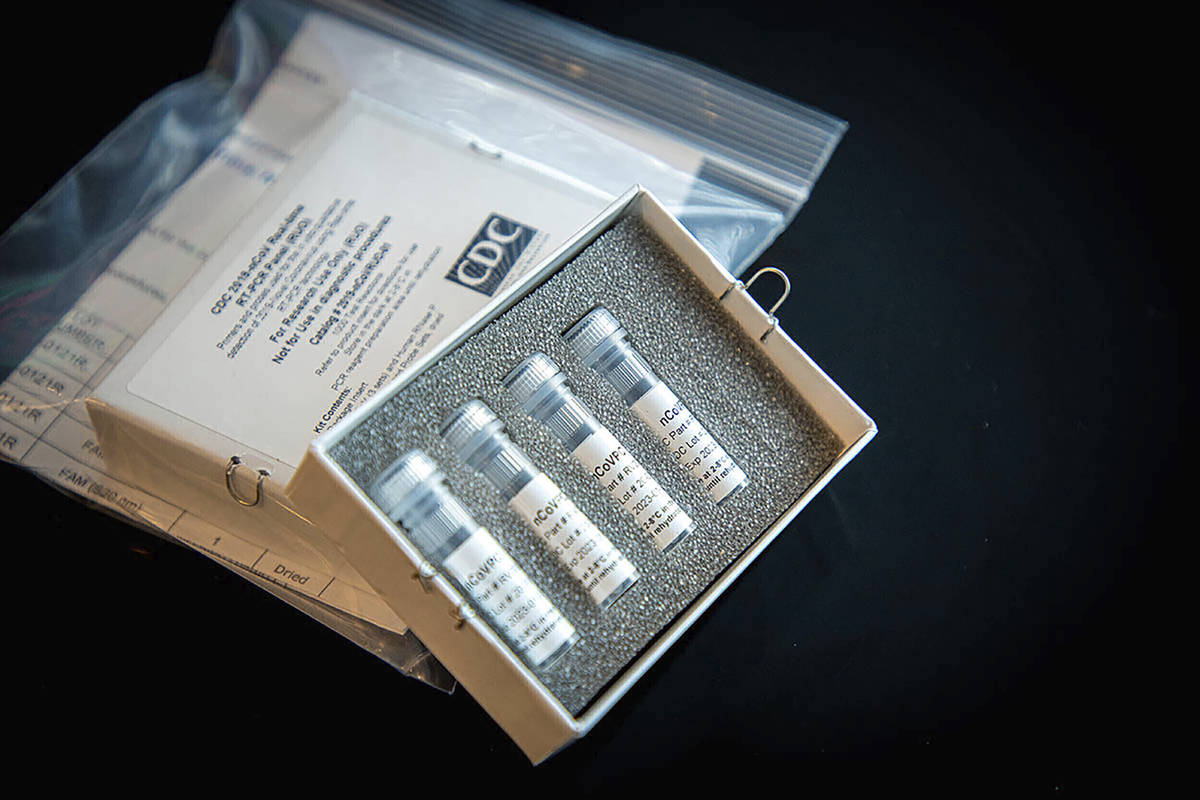EDITORIAL: Models, death rates and the coronavirus
To say the science surrounding the coronavirus has been evolving is an understatement. And that makes it even more difficult for policymakers trying to chart the proper course amid pea soup fog.
Virus statistics that inform models which attempt to see the future change daily, blowing up previous predictions. “The input data for the models are really inaccurate — or at least incomplete, and that creates a problem for the conclusions reached by researchers,” professor Irwin Redlener of the Columbia University Medical Center told Newsweek on Tuesday. “The predictability of where we’re going is extremely complex and inaccurate,” he added.
But in some aspects, a clearer picture is emerging regarding one vital issue: the lethality of the coronavirus.
Last week, New York Gov. Andrew Cuomo announced that antibody testing in his hard-hit state revealed that the number of actual virus cases far exceeds the number of confirmed infections. A study of 3,000 New Yorkers found that nearly 14 percent tested positive for coronavirus antibodies. The number was 21 percent in New York City. That would mean the coronavirus is far more widespread and far less deadly than models originally anticipated.
Surveys in other regions have reached similar conclusions, although they remain controversial. Science magazine reported last week that researchers at the University of Bonn in Germany found antibodies in 14 percent of 500 people tested in that country. A Dutch study unveiled this month estimated that about 4 percent of the nation’s adults carry coronavirus antibodies. Surveys conducted recently by Stanford and USC researchers in California also put the number at 4 percent in Los Angeles County and roughly between 2.5 and 4 percent in Santa Clara County.
Some of this research has generated criticism as to its reliability given that “the many different academic and commercial tests for coronavirus antibodies are still being refined and validated,” Science magazine noted. In addition, while tests can show whether an individual has been infected with the virus, scientists remain uncertain what level of protection is provided against reinfection.
But the relative consistency in results — showing many more people infected than previously known — has significance even amid attacks on methodology or test type. William Hange, an associate professor of epidemiology at the Harvard school of public health, told The Wall Street Journal that the New York findings pass the “smell test in a way that some of these other serological surveys do not, in the sense that it indicates the highest signal of infection in the place where we know where the most hospitalizations have been occurring.” That indicates “this is something that should be taken seriously.”
Some models originally set the lethality of coronavirus as well above 1 percent of those infected, suggesting that hundreds of thousands of Americans could die. Instead, the actual number appears nearer the 0.1 percent fatality rate of the common flu. The New York antibody study suggests a number of about 0.5 percent. “If you actually look at the places that are heavily hit, what you discover is that for each of these places, the fraction of population — total population, not cases — that are dying is very similar,” Nobel laureate Michael Levitt of Stanford told Newsweek. “It’s around 0.2 percent.”
The contagiousness of COVID-19 certainly presents dangerous challenges, and the shadow of New York City looms large. But the understanding that the illness is likely far less deadly than projected “surely should figure in any cost-benefit analysis of lockdowns,” Jacob Sullum of Reason magazine argued last week, “which are depriving millions of Americans of their liberty and livelihoods in the hope of saving lives.”
Despite offering few details about the models guiding his reaction to the crisis, Gov. Steve Sisolak insists he will base his decision on when to reopen Nevada’s devastated economy entirely on the “science.” That should include emerging evidence about the true scope of the respiratory ailment’s mortality rate.




























